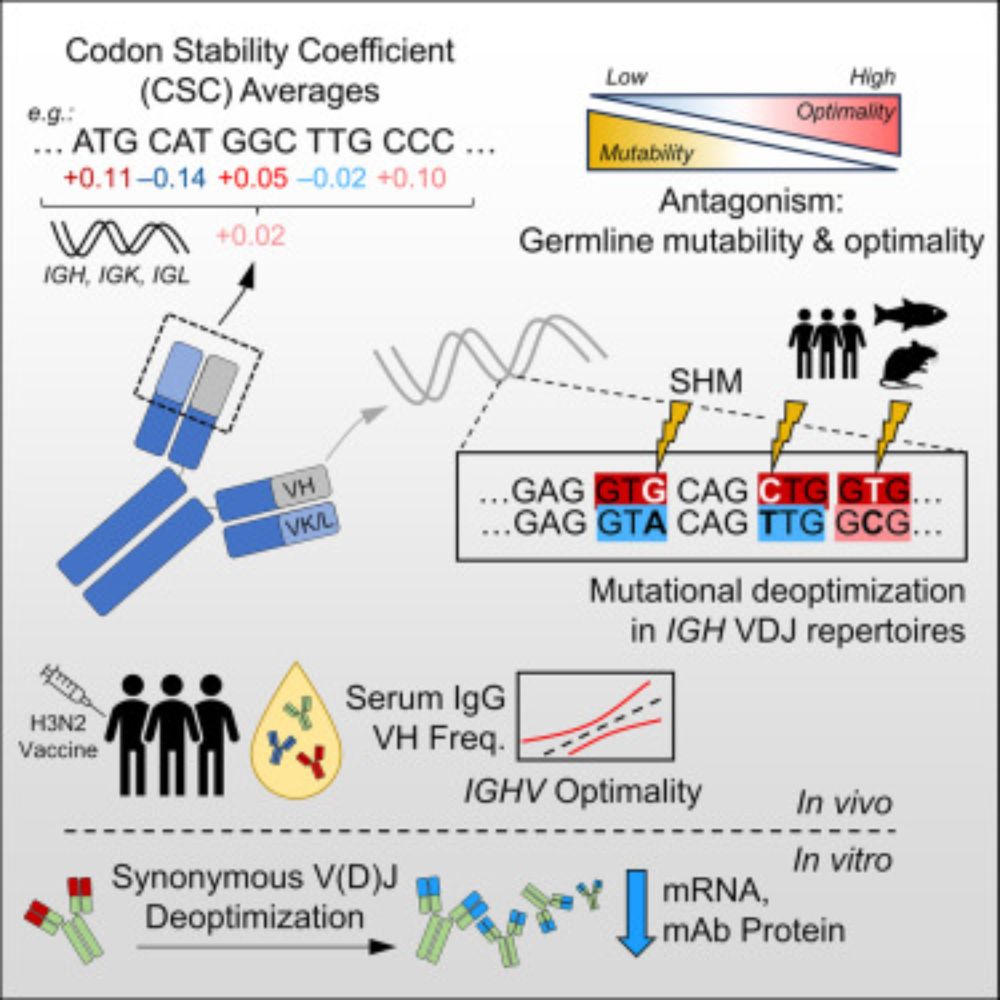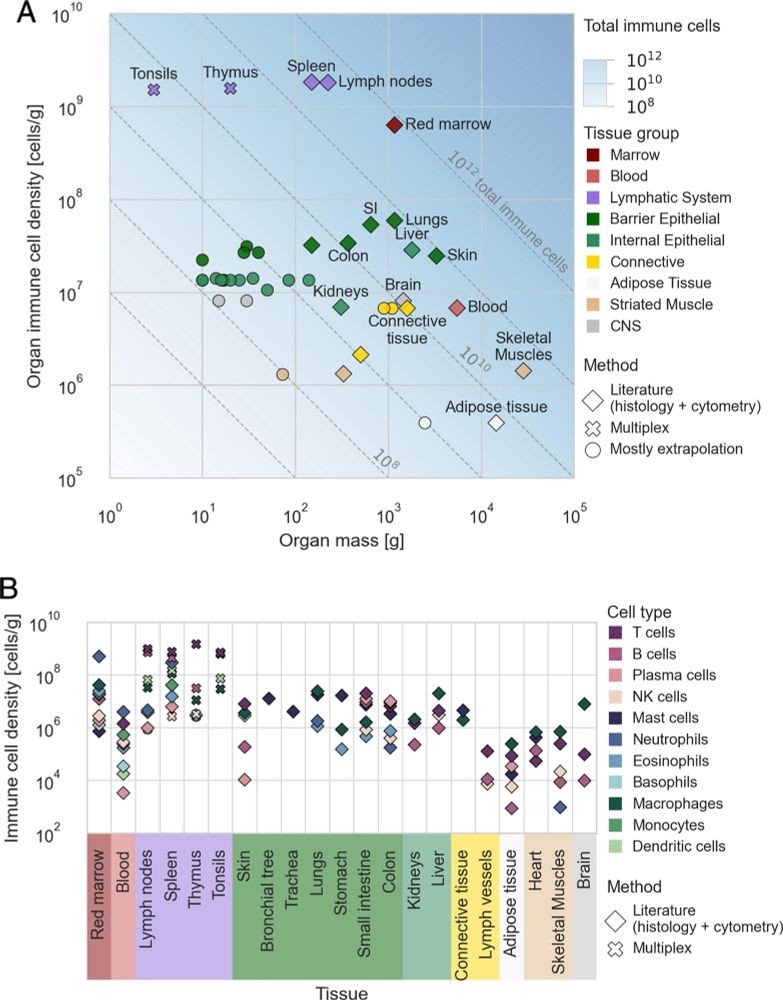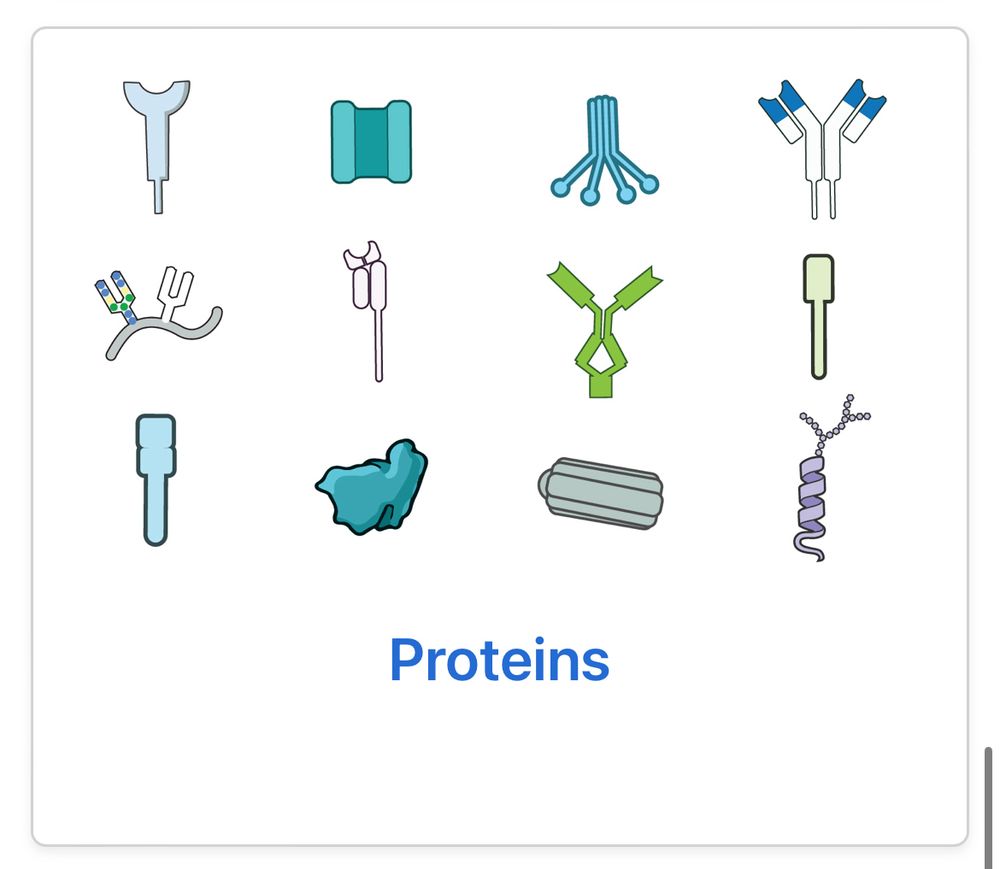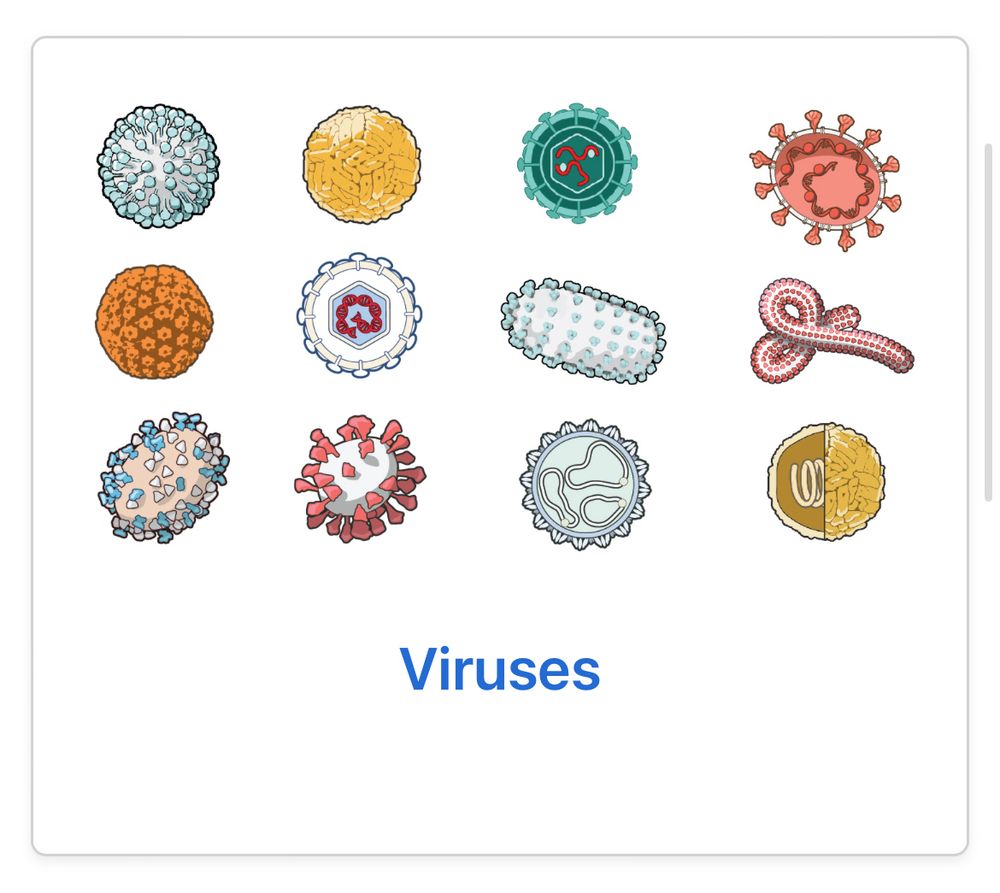





www.cell.com/molecular-ce...

www.cell.com/molecular-ce...
Awesome study that also highlights species-specific differences in immunity (e.g. plasma cell APRIL dependence) and the consistency across...
#Pulendran Hagan
@cincyresearch.bsky.social
www.nature.com/articles/s41...
www.nature.com/articles/s41... commentary by @petterbrodin.bsky.social

Awesome study that also highlights species-specific differences in immunity (e.g. plasma cell APRIL dependence) and the consistency across...


#Immunosky #Immunology
www.science.org/doi/epdf/10....

#Immunosky #Immunology
www.science.org/doi/epdf/10....
There are 300 billion B cells with total mass of 60g in the human body. That is 3 times the number of stars in the Milky Way! Naïve B cell express >10 million unique antibodies to protect us from this universe of possible antigens!
www.pnas.org/doi/10.1073/...

There are 300 billion B cells with total mass of 60g in the human body. That is 3 times the number of stars in the Milky Way! Naïve B cell express >10 million unique antibodies to protect us from this universe of possible antigens!
www.pnas.org/doi/10.1073/...
We show that a gut protozoan commensal acts as a natural adjuvant for IgA against oral and bacterial antigens to strengthen homeostasis.
Hope you will find this interesting:
doi.org/10.1084/jem....
We show that a gut protozoan commensal acts as a natural adjuvant for IgA against oral and bacterial antigens to strengthen homeostasis.
Hope you will find this interesting:
doi.org/10.1084/jem....
The NIH BioArt Source is an awesome library of *free* professionally drawn illustrations for scientific presentations or figures. Downloadable in HD. Thank you NIH for this invaluable tool 🙏!
Check it out 👇
bioart.niaid.nih.gov




The NIH BioArt Source is an awesome library of *free* professionally drawn illustrations for scientific presentations or figures. Downloadable in HD. Thank you NIH for this invaluable tool 🙏!
Check it out 👇
bioart.niaid.nih.gov



